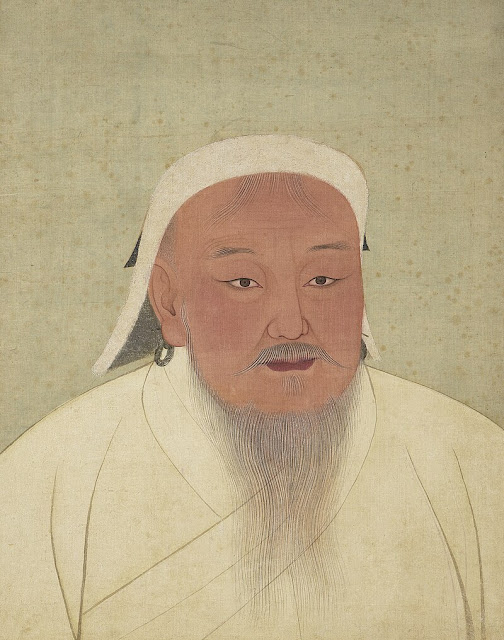Here's my most recently posted Trivial Biographies:
Herod the Great
Katharine Hepburn
Audrey Hepburn
Henry VIII of England
Henry VII of England
Henry VI of England
Walter Cronkite
Henry V of England
Henry IV of England
Henry IV of France
Henry III of England
Henry I of England
Henry II of England
Sonja Henie
Jimi Hendrix

.jpg)

_(cropped).jpg)


.jpg)

_01_Crisco_edit.jpg)








_(cropped).jpg)






.jpg)


.jpg)
_(cropped).jpg)



.jpg)

